NAVTEX System
The NAVTEX system provides the automatic dissemination of local Maritime Safety Information (MSI) by Narrow Band Direct Printing (NBDP) operating in the Forward Error Correction (FEC) broadcast mode (see Section 0 for more details on FEC operation). Depending on the geographical features of its area of responsibility (in main, the length of coastline), the NAVTEX system may be chosen by Administrations as an alternative to providing such information by the Inmarsat-C EGC service.
The system provides navigational safety information, weather warnings and forecasts relevant to vessels within specified coastal areas.
Range is generally within 300 – 400 n miles.
Areas of coverage
Due to its large length of coastline and the limited communications range of the NAVTEX frequencies, Australia has no plans to provide a NAVTEX service. Coastal MSI is disseminated by Inmarsat EGC. The NAVTEX system is presently used by countries in Asia, the Middle East, Europe and North America.

Frequencies used
Broadcasts of local MSI by land stations operating in the NAVTEX service are made on the (MF) frequency of 518 kHz. A second NAVTEX (MF) frequency of 490 kHz is available for national language broadcast. The (HF) frequency of 4 209.5 kHz is also allocated for nation NAVTEX transmissions. There is also provision for transmissions on other nationally assigned frequencies for national transmissions, which also be in language other than English. Some of these are on 424 kHz (refer to ALRS for details).
Some indicator characters
Each class of NAVTEX message carries a different subject indicator character allowing a shipboard operator to program a NAVTEX receiver to reject certain classes of message is not required.
Navigational warnings, meteorological warnings, and search and rescue information cannot be rejected by an operator.
Subject indicator characters used in the NAVTEX system are:
A Navigational warnings
B Meteorological warnings
C Ice reports
D Search and rescue information, and pirate attack warnings
E Meteorological forecasts F Pilot service messages G AIS H LORAN messages
I Spare
J GNSS messages
K Other electronic navaid messages (messages concerning radio navigation services)
L Navigational warnings - additional to ‘A’ V Special services – allocation by the NAVTEX panel W Special services – allocation by the NAVTEX panel X Special services - allocation by the NAVTEX panel Y Special services – allocation by the NAVTEX panel Z No messages on hand
Subject indicators A, B, D and L cannot be rejected by the receiver and will always be printed.
Format of a NAVTEX message
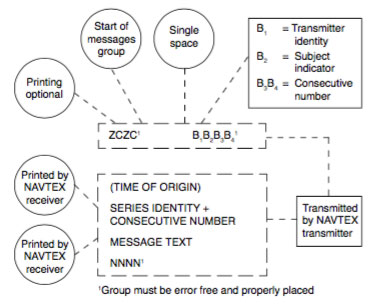
Broadcast schedules
As there is only one frequency presently used for NAVTEX transmissions, mutual interference between stations is avoided by a time sharing arrangement. In general, each NAVTEX station in an area is allocated a designated 10 min period every 4 h to make its broadcasts.
Details of NAVTEX stations and their allocated broadcasting times may be found in the List of Coast Stations and Special Service Stations published by the International Telecommunication Union (ITU) or the Admiralty List of Radio Signals. Generally, NAVTEX information is broadcast in the English language.
NAVTEX messages are given priorities of VITAL, IMPORTANT and ROUTINE.
VITAL – Transmitted on receipt (subject to not causing interference to other stations).
IMPORTANT – Next available time slot.
ROUTINE – At the normal allocated time slot.
Messages numbered 01 to 99 if previously received without too many errors will not be reprinted. SAR messages will have the number 00 and always be reprinted whether received previously or not. Most
NAVTEX receivers also delete any messages between 60 and 72 h old.
NAVTEX receivers
To receive NAVTEX broadcasts, a ship must be equipped with a dedicated NAVTEX receiver tuned to 518 kHz. Once switched on and programmed, the receiver will provide fully automatic operation and broadcasts will not be missed even if the bridge watch keeper is busy with other duties. Messages are received in printed form on a paper roll, and on recent models, displayed electronically with local storage.
A spare quantity of paper rolls must be kept on board, if the NAVTEX receiver requires it.
Station identification
Coast stations transmitting NAVTEX messages are assigned a single alphabetical letter identification code letter (called a B1 character or Transmitter Identi cation Character), based upon the principles outlined in the ALRS Volume 5, Figure X. NAVTEX receivers allow the operator to select or reject individual stations by their identification code letter.
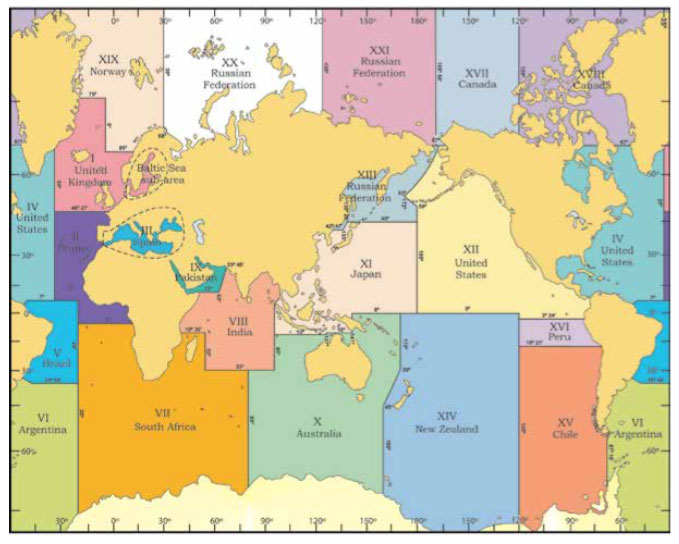

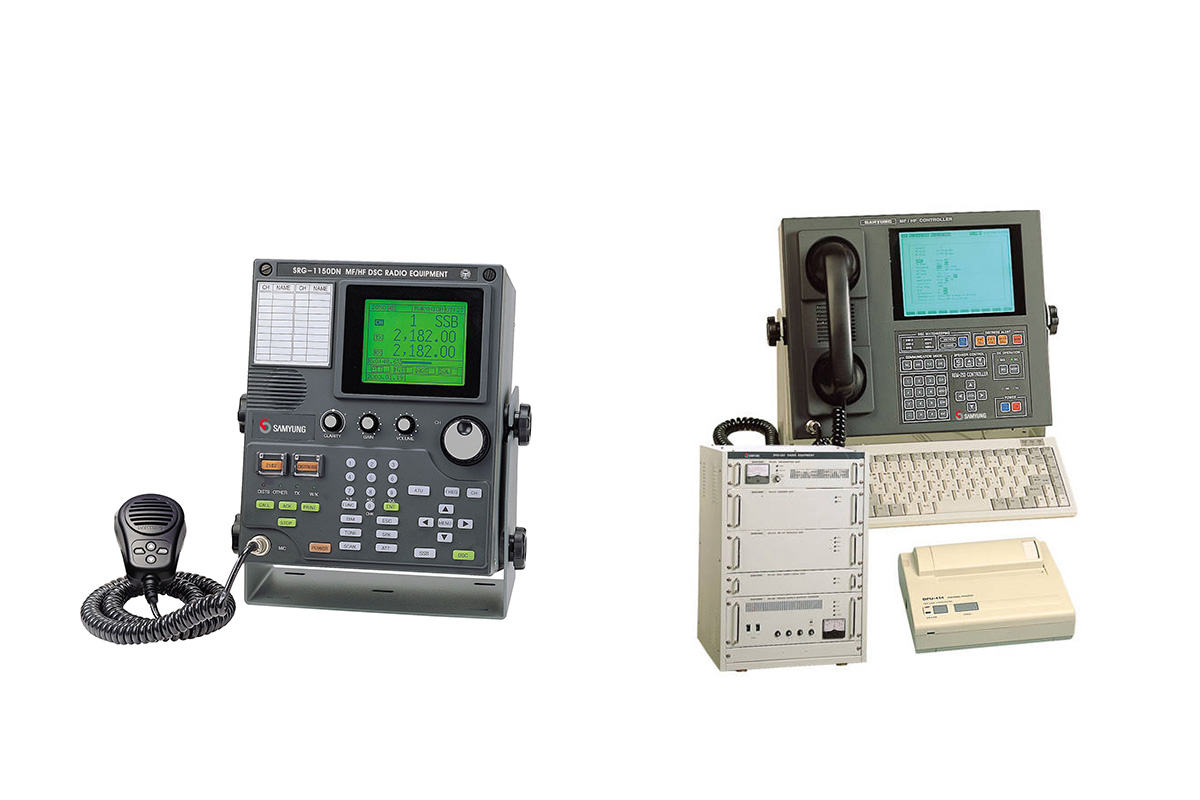
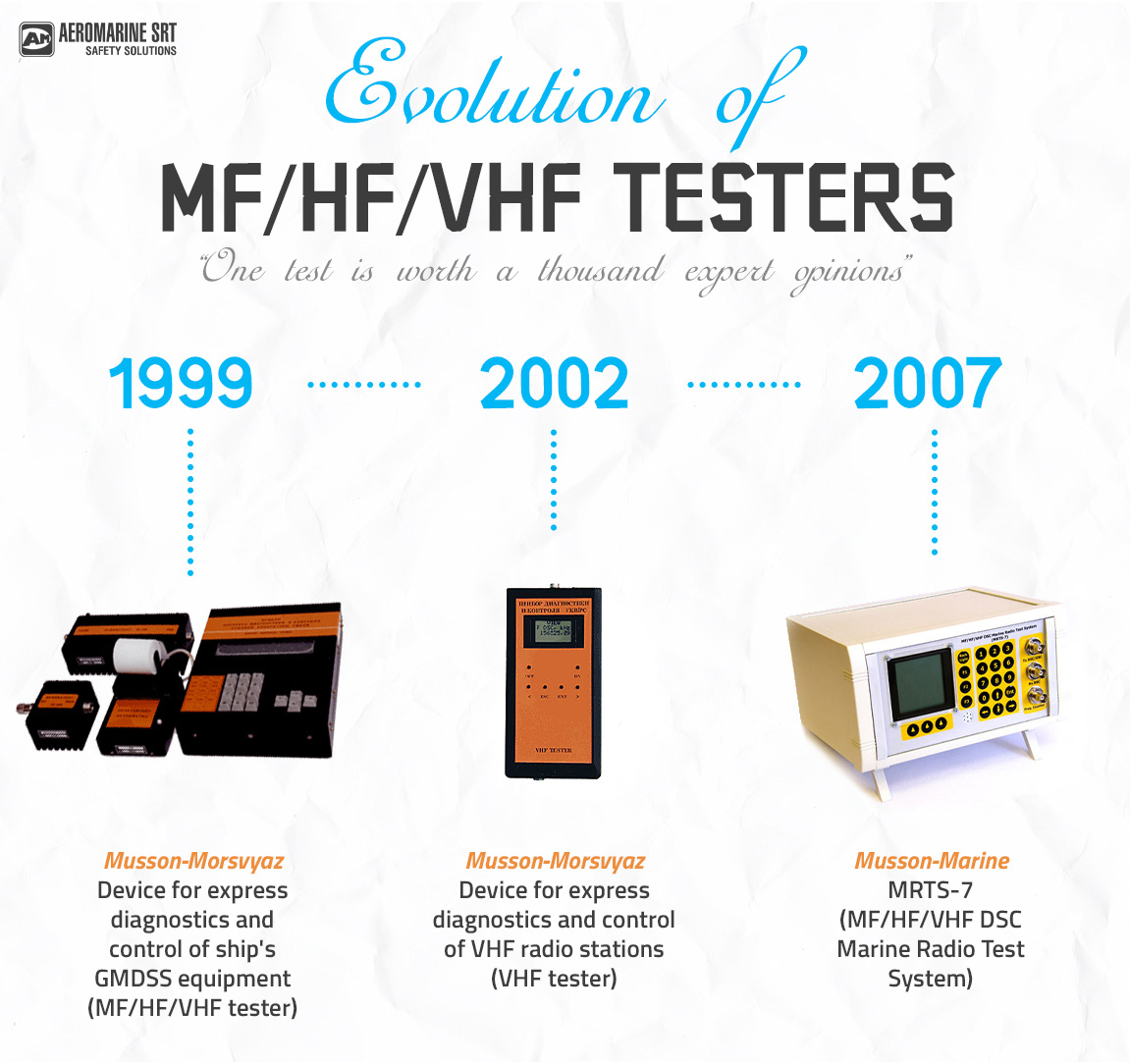
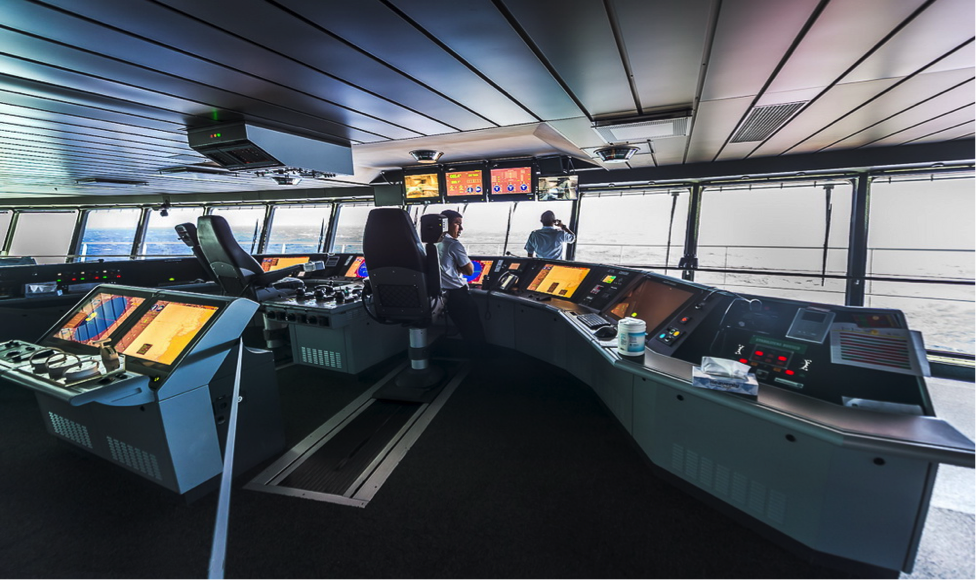

Be the first to comment